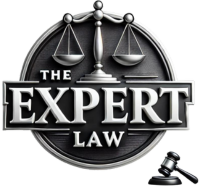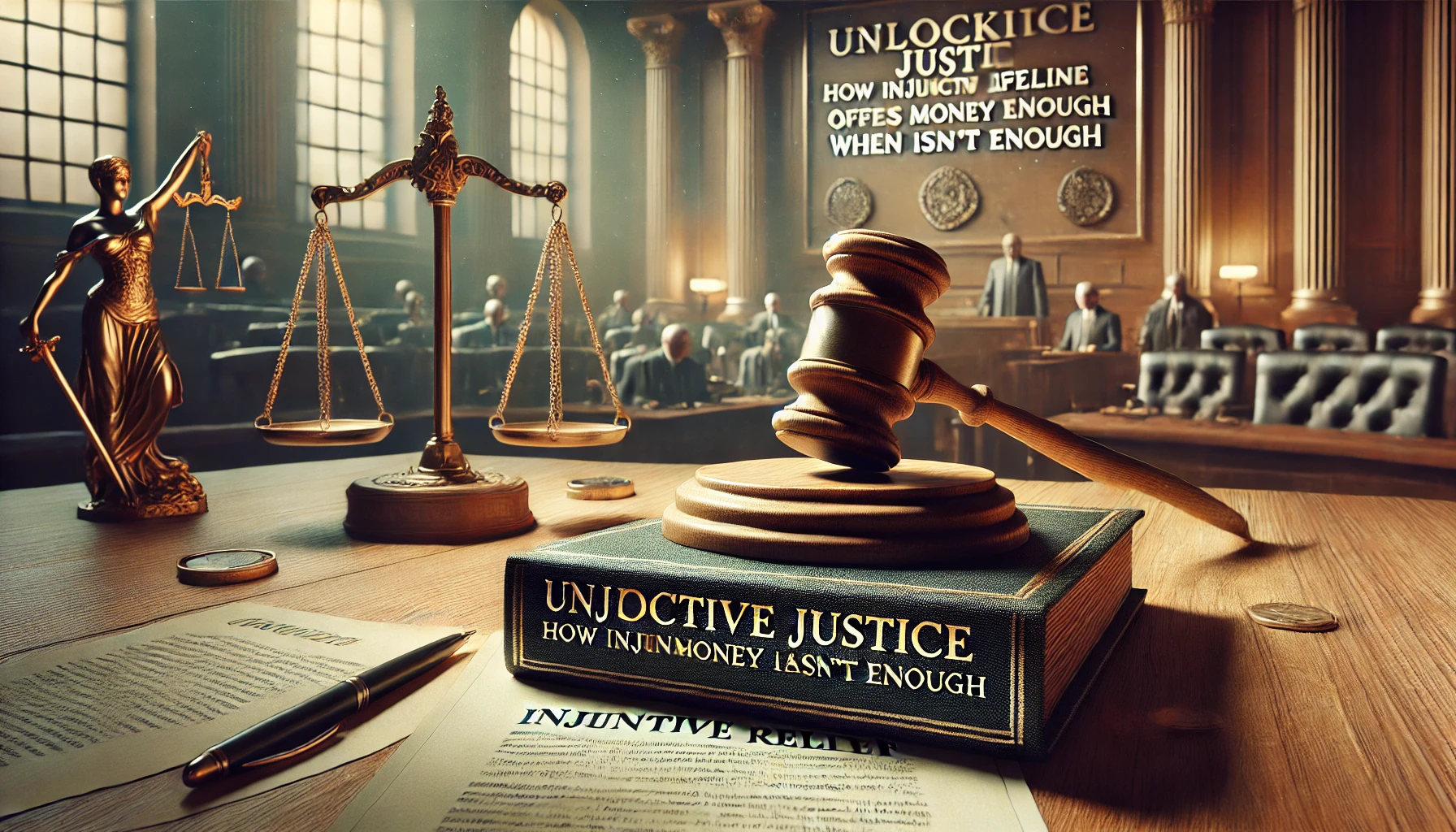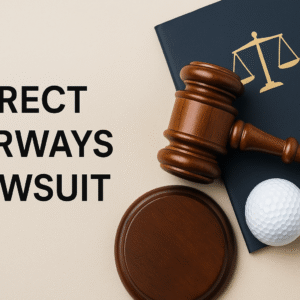Introduction to Injunctive Relief
In the dynamic landscape of law, “injunctive relief” emerges as a pivotal judicial remedy. This legal provision empowers courts to issue orders compelling parties to perform or refrain from specific acts. The essence of injunctive relief lies in its ability to avert irreparable harm that cannot be adequately remedied through monetary damages alone. This makes it a critical tool in various legal battles where the stakes transcend financial compensation.
Understanding the Essence and Impact
Imagine a scenario where a historic community park is at risk of being demolished overnight for a new development. The irreversible destruction of this cherished space cannot be offset by money alone. Here, injunctive relief acts as a protective shield, potentially halting the demolition until a full legal review can ascertain the community’s rights and the developer’s responsibilities. This not only preserves the park but also underscores the broader implications of injunctive orders in safeguarding interests that money cannot measure.
Key Points to Remember
- Injunctive relief is particularly crucial in situations where actions could cause lasting damage or where the actions are irreversible.
- The court’s ability to intervene promptly ensures that justice prevails by preventing potential harm before it occurs, making it a cornerstone of equitable relief in the legal system.
Types of Injunctive Relief
Exploring the Spectrum of Judicial Safeguards
Injunctive relief serves as a versatile tool in the judicial arsenal, offering different types to address varied legal needs effectively. Understanding these types helps individuals grasp how courts provide immediate protection and enforce rights through direct orders. Here’s a closer look at each type:
- Preliminary Injunctions:
- Purpose: These are issued to maintain the status quo and prevent further harm until a full hearing can be conducted.
- Use Case: Consider a case where an upcoming publication threatens to release sensitive personal data. A preliminary injunction can halt this release, protecting privacy until the court fully reviews the implications.
- Quick Tip: It’s crucial to demonstrate potential significant harm and a likelihood of winning the case to secure a preliminary injunction.
- Permanent Injunctions:
- Outcome: This type of injunction is a final order, issued after the court has fully considered the case’s merits.
- Example: After a lengthy legal battle over a patent dispute, a permanent injunction may be granted to prevent the infringing party from further use of the patented technology.
- Advice: Successful permanent injunctions often require clear, undeniable evidence of rights and ongoing harm.
- Mandatory Injunctions:
- Action Required: Unlike prohibitory injunctions, these compel a party to take a specific action.
- Scenario: If an environmentally harmful activity is being carried out, a mandatory injunction could force the responsible party to start a cleanup process.
- Guidance: The applicant must show that mere cessation isn’t enough and that active measures are necessary to mitigate damage.
- Prohibitory Injunctions:
- Restriction Focus: These injunctions stop a party from performing a specific act.
- Illustration: Prohibitory injunctions are often used in trademark disputes to prevent a business from using a logo that is strikingly similar to a competitor’s trademark.
- Strategy: Effective when immediate cessation of an action is crucial to prevent irreversible damage.
Enhancing Understanding Through Examples Each type of injunctive relief plays a unique role in the protection of legal rights and the prevention of harm. By using real-world examples and straightforward guidance, this section aims to demystify the conditions and implications of different injunctive orders, making the complex world of legal remedies accessible and understandable to all.
Common Grounds for Seeking Injunctive Relief
Navigating Legal Safeguards in Varied Scenarios
Injunctive relief is sought to prevent ongoing or imminent harm that cannot be sufficiently remedied by monetary damages alone. This section outlines common grounds where such relief plays a crucial role, enhancing the understanding of its practical application across different scenarios.
- Protection of Intellectual Property:
- Context: Intellectual property rights are crucial for businesses and creators to safeguard their innovations and creative works.
- Example: A software company might seek an injunction to stop a competitor from using proprietary code that was obtained without permission.
- Key Insight: Courts often grant these injunctions to prevent the dilution of brand value or loss of trade secrets, which could be devastating and irreversible.
- Prevention of Environmental Damage:
- Urgency: Environmental protection is another critical area where injunctive relief is frequently applied, due to the often irreversible nature of the harm.
- Scenario: If a company is found dumping toxic substances into a river, an injunction may be necessary to immediately halt the activity and prevent widespread ecological damage.
- Proactive Steps: It is essential to demonstrate that the environmental damage is ongoing and that immediate action is necessary to prevent further harm.
- Enforcement of Non-Compete Clauses in Employment Contracts:
- Workplace Integrity: Non-compete clauses are designed to protect a business’s interests by preventing former employees from sharing competitive insights or joining rival firms.
- Situation: When an ex-employee starts working for a competitor in violation of their contract, an injunction can enforce the non-compete agreement.
- Advice: Legal clarity and evidence of potential business harm are crucial to secure such an injunction, emphasizing the need for a well-drafted non-compete clause initially.
Guidance for Potential Plaintiffs Understanding these common grounds for seeking injunctive relief can empower individuals and businesses to protect their rights effectively. Whether it’s safeguarding intellectual achievements, preserving environmental sanctity, or maintaining corporate integrity, the strategic use of injunctive relief is a potent tool in the legal arsenal. Engaging with legal counsel early when these issues arise can be crucial in formulating a successful strategy for obtaining an injunction.
Real-World Applications of Injunctive Relief
Injunctive Relief: Bridging Justice Across Various Fields
Injunctive relief serves as a critical judicial tool across diverse fields, effectively addressing disputes by preventing further harm. Here are some real-world applications illustrating how injunctive relief functions in different scenarios:
- Business Disputes Over Trade Secrets:
- Example: In the tech industry, a company might discover that a former employee has taken proprietary algorithms to a competitor. Injunctive relief can be sought to immediately stop the former employee and the competitor from using these trade secrets.
- Outcome: Such an injunction protects the company’s intellectual property and market position until the dispute can be resolved in court.
- Impact: Preventing the dissemination of trade secrets is vital for maintaining competitive advantages and fostering innovation within industries.
- Real Estate Development and Use Disputes:
- Context: Real estate disputes often involve issues where a developer begins construction that violates zoning laws or infringes on neighbors’ rights.
- Situation: An injunction might be used to halt construction of a high-rise building that would cast a permanent shadow over a neighboring public park, affecting the ecosystem and community use.
- Resolution: By stopping the construction temporarily or permanently, the court can prevent irreversible changes to the landscape and community dynamics until a legal resolution is found.
- Personal Cases: Preventing Harassment or Defamation:
- Personal Safety: In cases of personal harassment, an individual may seek an injunction to prevent a stalker or harasser from making contact or coming near them.
- Reputation Management: In defamation cases, if false statements are being spread that could cause irreparable damage to someone’s reputation, injunctive relief may be sought to stop the continued publication or utterance of these harmful falsehoods.
- Effectiveness: These injunctions can provide immediate relief and safety for individuals, protecting their physical well-being and personal reputation in sensitive situations.
How to Obtain Injunctive Relief
Securing a Legal Shield: Steps to Obtain Injunctive Relief
Obtaining injunctive relief is a critical process that involves several legal steps, each requiring careful attention to detail. Here’s a guided breakdown to help understand how to effectively secure this form of judicial intervention:
- Assess the Situation:
- Initial Evaluation: Determine whether your case qualifies for injunctive relief. This involves assessing whether there’s a threat of irreparable harm, meaning damage that cannot be adequately remedied by monetary compensation alone.
- Gather Evidence:
- Documenting Irreparable Harm: Compile evidence that convincingly demonstrates the immediate and irreversible damage likely to occur without the intervention of an injunction.
- Likelihood of Success: Collect documentation and expert opinions that support your claim’s validity, showing that you are likely to win the case on its merits if it proceeds to trial.
- Legal Representation:
- Consult an Attorney: Engaging with a lawyer who specializes in your case’s area (e.g., intellectual property, real estate, personal safety) is crucial. They can provide specific legal strategies and understand the nuances of applying for injunctive relief.
- File a Motion:
- Drafting the Motion: Your attorney will draft a motion for injunctive relief, outlining the legal and factual basis of your request, and file it with the relevant court.
- Detailed Affidavits: Include affidavits that detail the harm faced and the inadequacy of other remedies.
- Court Hearing:
- Presenting Your Case: You will need to present your case in court, often on an expedited basis. This involves articulating the urgency and necessity of the injunction.
- Opposition Response: Be prepared to counter arguments from the opposing side, who may claim that the harm is either overstated or compensable by money.
- Court Decision:
- Judicial Determination: The judge will decide whether to grant the injunction based on the harm’s irreparability and your likelihood of success in a full trial.
- Compliance and Enforcement: If granted, the court will issue an order for the injunction, which may include specific actions or prohibitions. Compliance with this order is mandatory until further court notice.
- Follow-Up:
- Monitoring and Compliance: Ensure that the injunction is being followed. Non-compliance can be reported to the court for further action.
- Prepare for a Full Trial: While the injunction is temporary, preparing for a full trial to resolve the underlying dispute permanently is crucial.
Challenges and Considerations in Seeking Injunctive Relief
Navigating the Complexities of Injunctive Relief
Seeking injunctive relief can be a powerful strategy to prevent harm, but it also involves several challenges and considerations that need careful handling. Understanding these hurdles is crucial for anyone considering this legal route.
- Proving Irreparable Harm:
- Difficulty of Proof: One of the most significant challenges is the requirement to prove that the harm being prevented is irreparable and cannot be adequately remedied by monetary damages. This often involves substantial evidence and sometimes expert testimony.
- Subjectivity: The interpretation of what constitutes irreparable harm can vary significantly by jurisdiction and individual judge, adding a layer of unpredictability to the process.
- Evidence Requirements:
- High Standards: The burden of proof for injunctive relief is typically higher than in other types of civil actions. You must provide clear and convincing evidence that there is a real threat of harm and that you are likely to succeed on the merits of your case.
- Immediate Need: Evidence must also show that there is an immediate need for relief to prevent the harm, which can be challenging if the threat is not imminent.
- Temporary Nature of Some Injunctions:
- Preliminary and Temporary: Preliminary injunctions are temporary and only last until a final decision is made in the case. This temporary nature can be a double-edged sword—while it provides immediate relief, it may also result in a short-lived solution if not followed by a permanent injunction.
- Uncertainty: The temporary relief might lead to a false sense of security or complications in enforcement if the opposing party does not comply, necessitating further legal action.
- Cost and Resource Intensiveness:
- Legal Expenses: The process of obtaining an injunction can be costly and resource-intensive, involving multiple court appearances and extensive legal arguments. This can be a significant consideration, especially for individuals or small businesses with limited financial resources.
- Time Consumption: The urgency and complexity of injunction cases can consume considerable time, both in preparation and in court proceedings, impacting other business or personal matters.
- Potential for Appeals:
- Legal Recourse: The decision to grant an injunction can be appealed by the opposing party, potentially prolonging the dispute and the associated uncertainties.
- Modification or Dissolution: Even after an injunction is granted, courts can modify or dissolve it based on new evidence or changes in circumstances, adding a layer of unpredictability to the outcome.
Conclusion: The Significance of Injunctive Relief in the Legal System
Injunctive relief stands as a cornerstone of equitable remedies in the legal system, providing a critical mechanism for preventing harm where monetary compensation falls short. This form of judicial intervention is pivotal because it addresses situations where the damage would be irreversible or where no amount of money can adequately compensate for the harm done. Its role in protecting intellectual property, preserving environmental integrity, and preventing personal harm highlights its breadth and importance across various legal contexts.
By stepping in where traditional legal remedies might fail, injunctive relief ensures that justice can be both timely and effectively administered, maintaining the balance of interests and upholding the rights of individuals and businesses alike.
FAQs
What are injunctive relief examples?
Examples of injunctive relief include orders to stop copyright infringement, prevent a company from dumping toxic waste into rivers, or enforce non-compete clauses in employment contracts to protect business interests.
What are the four factors for injunctive relief?
The four key factors considered in granting injunctive relief are:
- Likelihood of success on the merits of the case.
- Potential for irreparable harm if the injunction is not granted.
- The balance of hardships between the parties.
- The impact on the public interest.
What is the basis for injunctive relief?
The basis for injunctive relief is typically the necessity to prevent irreparable harm, protect legal rights, and maintain the status quo pending a final decision on the matter.
What is the difference between damages and injunctive relief?
Damages are monetary compensations awarded for harm suffered, typically adequate for past injuries. In contrast, injunctive relief is a court order to do or not do something, aimed at preventing future harm or maintaining the status quo, used when damages are not sufficient as a remedy.
Explore the Laws realm with The Expert Law. Visit our website for limitless inspiration!





